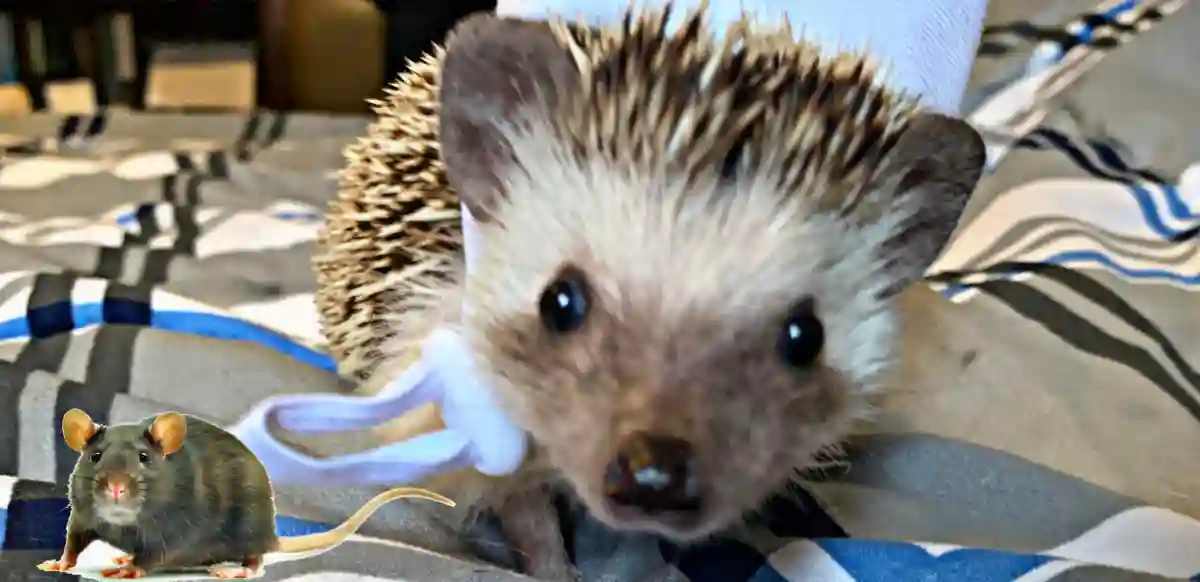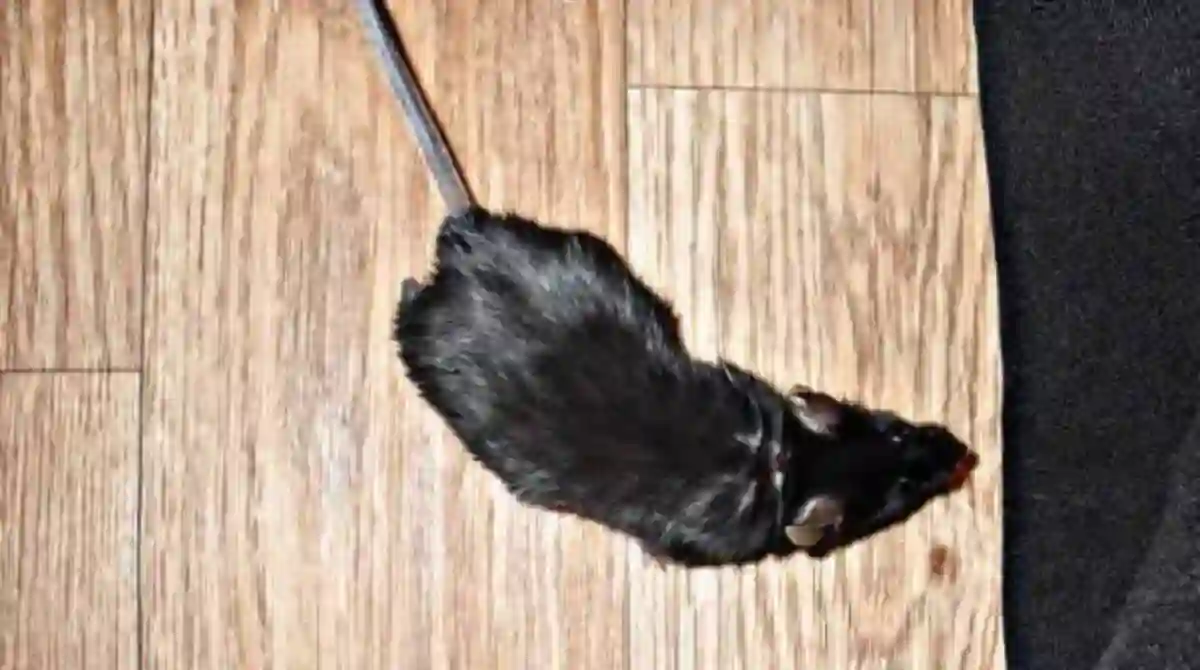Despite their small size, mice can pose a significant threat as carriers of disease. If left unchecked, their reproductive capabilities can result in significant harm to your property. So, if you caught 10 mice how many more are there in the hiding? Generally, this suggests an infestation or the genesis of an infestation. You want to determine the extent of the infestation with the expert techniques explained in this post to help you know how many more are in the hiding.
Caught 10 mice how many more?

Regardless of whether you’ve caught 10 mice, it can be challenging to estimate the total number of mice still present in your home. This is mainly because their nest is typically concealed and inaccessible to us. Therefore, it is crucial to assume that there are still more mice present until you haven’t caught any in the past month and haven’t observed any signs of their continued presence (refer to the previous section).
You have to remain patient and persistent during the process to help you ascertain a near-accurate number of mice in your home if you caught 10 already. Consider the following techniques to know how many more:
1. You spot another adult mouse
The presence of a solitary mouse in your home is uncommon. However, if the weather has been particularly cold, the mouse may be alone.
This could happen if the mouse entered your home in search of food or shelter, or to escape a predator.
In general, a single mouse in sight after catching 10 or more suggests a larger infestation, but if only a few droppings are present, it may indicate a temporary visitor.
Mice do have the ability to produce up to 10 liters annually. This means that the single mouse you saw can quickly multiply if another mouse enters your home.
2. A mouse at night or in a low-traffic area of the home
Mice are creatures of the night, with a preference for low-traffic areas in homes where they are less likely to face danger from predators.
With the ability to produce litters as frequently as every 20 days and at least six mice per litter, a single mouse can rapidly multiply into 127 mice in just 5 months if the infestation goes unaddressed.
For homeowners who suspect a mouse presence in their walls, attics, or crawl spaces, it’s critical to seek out additional evidence to confirm the infestation.
3. Excessive mouse droppings
Caught 10 mice how many more? Mouse droppings are a common occurrence. These droppings can be found near mouse nests, food sources, and along their usual paths to and from those locations.
Mouse droppings are small, cylindrical in shape, and resemble dark brown or black rice grains with pointed ends. These droppings can transmit diseases such as Hantavirus or Listeria.
So, if you caught 10 mice but see excessive droppings after your initial cleanup, you have a significant number lurking around. A single mouse can leave 40 to 100 droppings a day, so if you spot twice to thrice the number, you have at least 3 adults nesting nearby.
4. Scratching or rustling in your walls
If you Caught 10 mice but there is no physical evidence such as mouse droppings, the sound of scratching or rustling in the walls, particularly after sunset, may indicate the presence of mice in a home.
In addition, pets with excellent hearing can alert their owners to mouse infestations – if a dog or cat begins to stare, bark, or growl at walls for no apparent reason, it is advisable to trust their instincts and seek professional help to confirm suspicions.
Mice can slip through extremely small holes to seek shelter, and they can do so silently.
A juvenile mouse can fit its body through a hole the size of a pen’s width. A mouse can get through a small, 6-7 mm hole, the diameter of a normal-sized pen.
If a hole isn’t big enough, a mouse will use its teeth to enlarge it and create a nest.
5. Numerous mice nests
Look for signs of a mouse nest, which may help determine how long mice have been in the home.
As foragers, mice build nests out of what they can find around them. Not only are mice skilled at hide-and-seek from larger predators and foraging for food supplies, but they can also chew through a large variety of building materials, including drywall, insulation, rubber, and even power lines.
The reason why mice choose to inhabit walls and air ducts is primarily for safety and security. These rodents prefer low-traffic areas and darkness over bright or harsh light. Thus, the walls of a home provide a haven from predators, an unobstructed path to food and nesting supplies, and the comfort of darkness.
If you scour your house—especially basements, garages, crawl spaces, and attics—and can’t find a mouse nest, it means the mouse or mice haven’t been in your home long enough to build a nest.
To construct their nests, mice utilize materials such as paper, cardboard, bits of insulation, and other soft items, and their nests tend to be disorganized. It is helpful to search for mouse droppings, food fragments, and urine to locate a mouse nest.
Mice tend to seek out safe locations (especially if a home has cats), dry and warm environments (particularly in the winter), an adequate supply of nesting materials, and easy access to food when selecting a nesting spot.
6. Detect mouse count with a trap
You just caught 10 mice how many more? You should be able to tell by setting a new trap. Even if it catches no new mice, there is still a chance that a mouse or two may be concealed or new mice could enter your residence. Hence, it is advisable to keep one or two traps in plain sight as a precautionary measure.
Snap traps with enticing bait like peanut butter or chocolate are highly effective in catching mice and can provide a good assessment of the severity of your mouse problem.
However, glue traps and mouse poison may not provide as much information about the extent of your infestation as glue traps are often location-specific, and mice may die out of sight in walls or ceilings after ingesting poison.
How many mice are typically in a house?
The answer to this question can vary significantly, ranging from just one mouse to possibly hundreds. However, it is generally safe to assume that the more mice you have caught or seen within a short time, the more likely you are to have a larger infestation in your home.
This does not necessarily mean that a single mouse sighting or capture indicates an absence of an infestation behind your walls. In addition, indicators such as numerous mouse droppings throughout your residence often suggest a larger number of mice present.
Mice are creatures of the night, adaptable and wary of humans. If you do have an infestation, you may only catch a glimpse of one or two scurrying in the open. Even if you’ve only caught a few, the absence of recent captures could be due to various reasons, such as an ineffective trapping approach or a dirty, crumb-laden kitchen.
Mice are prolific breeders and can quickly multiply in number. A single female mouse can give birth up to ten times in a year, producing up to eight to twelve offspring per litter (with an average of six babies per litter). This means that just one mouse can generate up to 120 babies in a year (ten litters of twelve babies).
If there are multiple females, the number of new mice in your home can rapidly increase, potentially reaching hundreds if not dealt with promptly.
Furthermore, baby mice can start breeding as early as 8-12 weeks old and continue to reproduce until they die, exacerbating the issue.
How many mice is an infestation?
There is no definitive number that establishes an infestation, but it generally involves a high number of mice.
A more accurate way to identify an infestation is by the presence of a mouse nest. Without a nest, it would be unlikely to have an infestation as there would be no reproduction. However, if you do have a mouse nest, it is probable that you already have an infestation or are on the verge of having one.
Since mice only reproduce and reside in their designated nest, it is possible to observe a mouse or two passing through your house without residing in it. However, if there are recurring indications of mouse activity, it is typically a sign of a nest and, therefore, an infestation.
Conclusion – Caught 10 mice how many more
Mice not only have a high reproductive rate but their bodies and droppings are also carriers of disease.
Moreover, mice tend to gnaw through wires, which can result in electrical fires that jeopardize the safety of a home and its occupants.
Although you can typically identify a mouse infestation, pest control professionals are better equipped to safely identify and eliminate mouse infestations in homes.
If you suspect a mouse infestation due to the presence of mouse droppings, scratching in the walls at night, or seeing one or more mice in person, it is advisable to contact an exterminator or pest control company to effectively address the issue.






